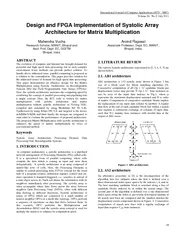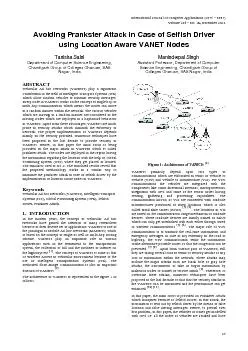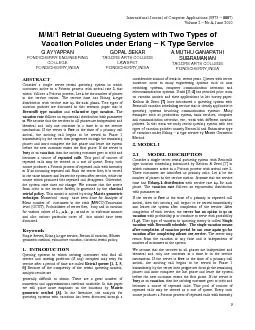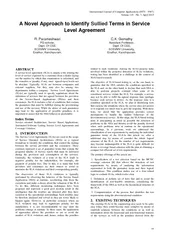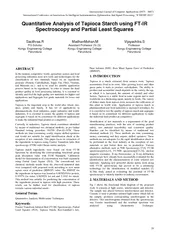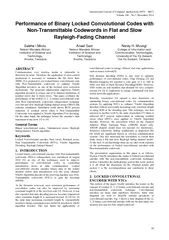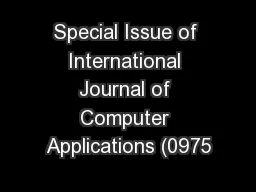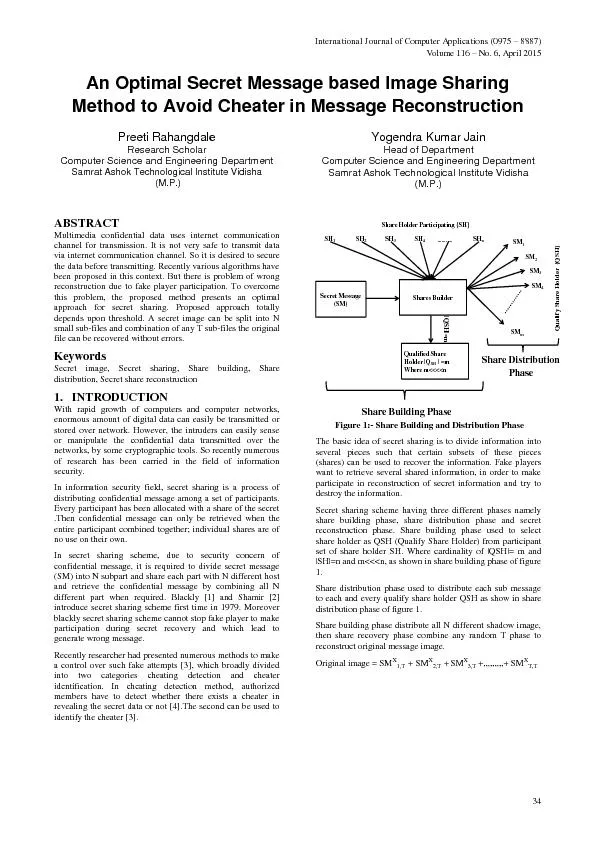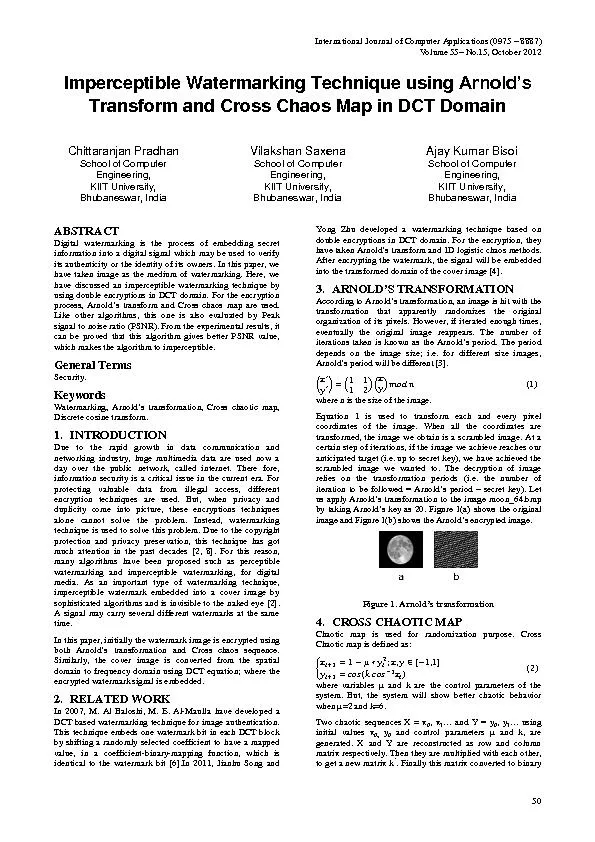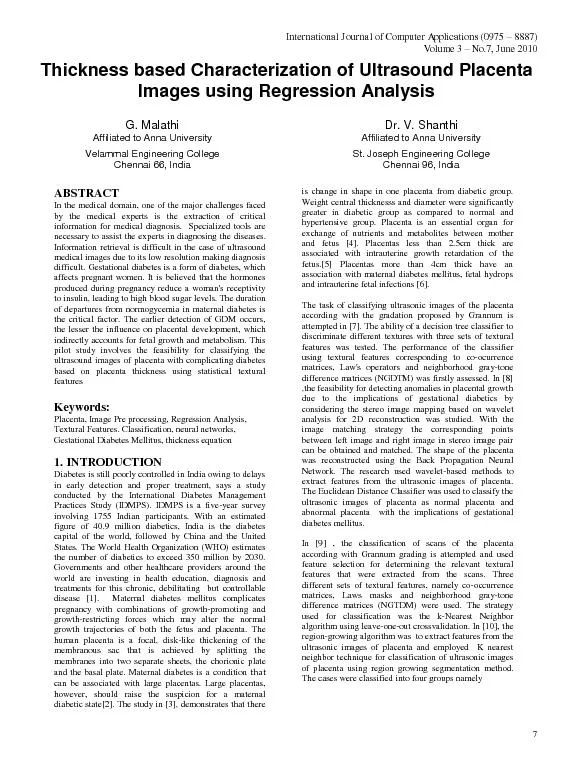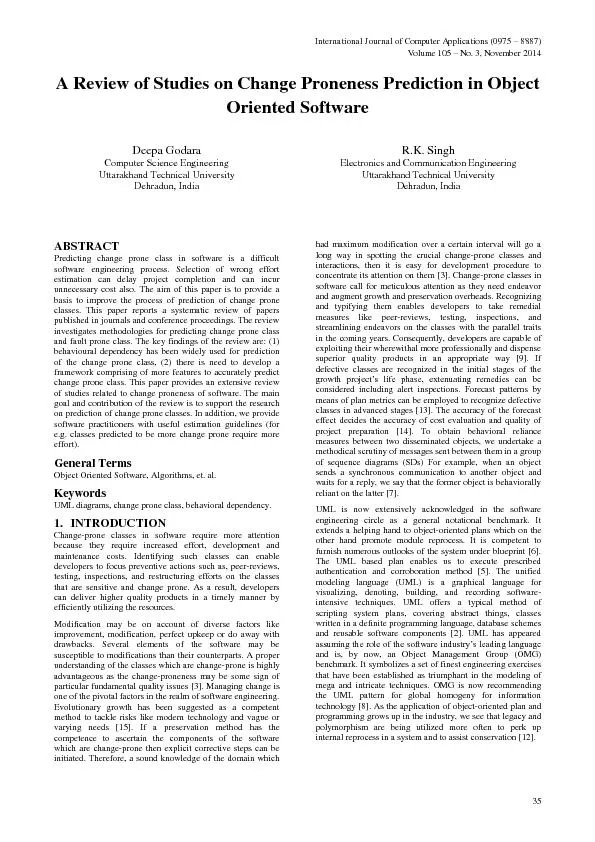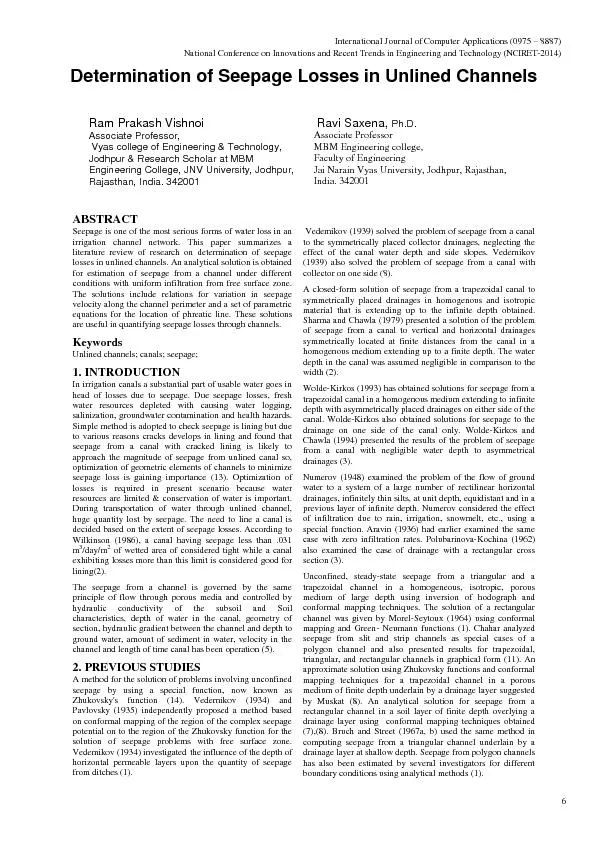PDF-International Journal of Computer Applications (0975
Author : tawny-fly | Published Date : 2015-11-10
x2013 8887 Volume 26 x2013 No 3 July 2011 18 Design and FPGA Implementation of Systolic Array Architecture for Matrix Multiplication Mahendra Vucha Research Scholar
Presentation Embed Code
Download Presentation
Download Presentation The PPT/PDF document "International Journal of Computer Applic..." is the property of its rightful owner. Permission is granted to download and print the materials on this website for personal, non-commercial use only, and to display it on your personal computer provided you do not modify the materials and that you retain all copyright notices contained in the materials. By downloading content from our website, you accept the terms of this agreement.
International Journal of Computer Applications (0975: Transcript
Download Document
Here is the link to download the presentation.
"International Journal of Computer Applications (0975"The content belongs to its owner. You may download and print it for personal use, without modification, and keep all copyright notices. By downloading, you agree to these terms.
Related Documents

